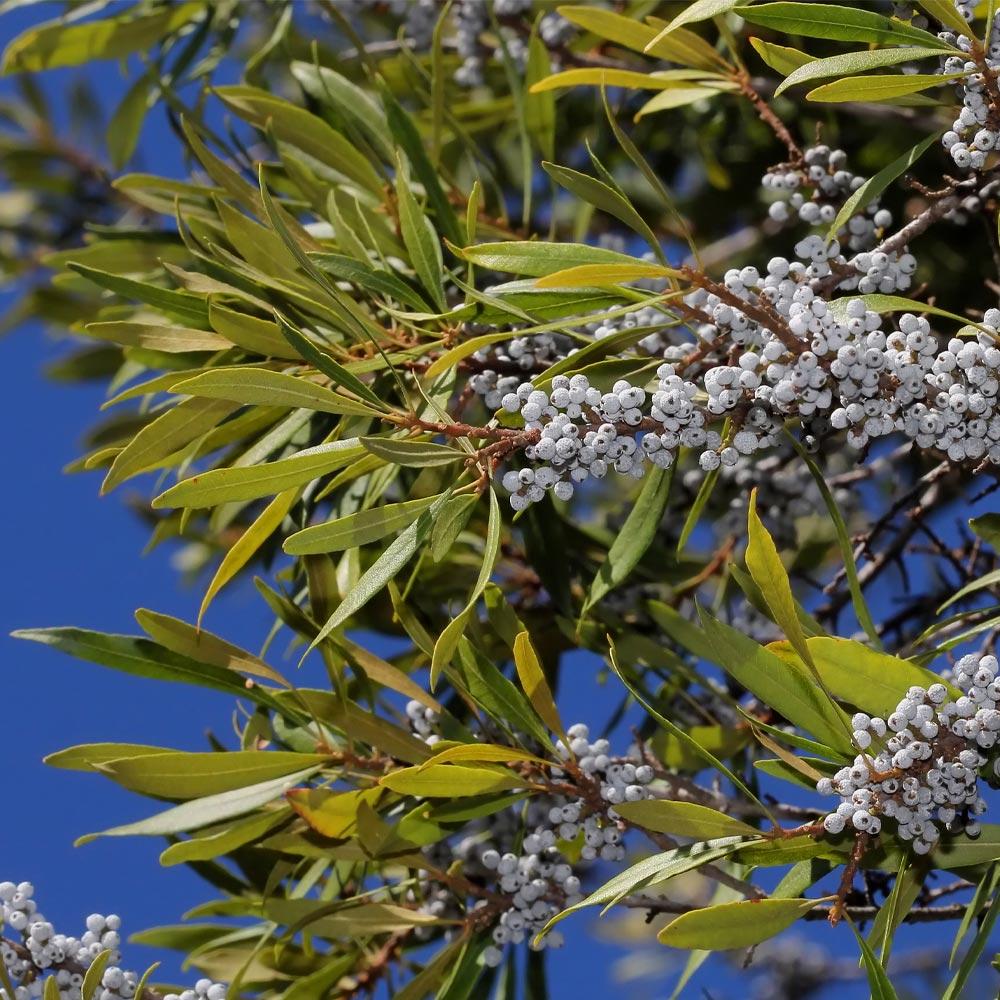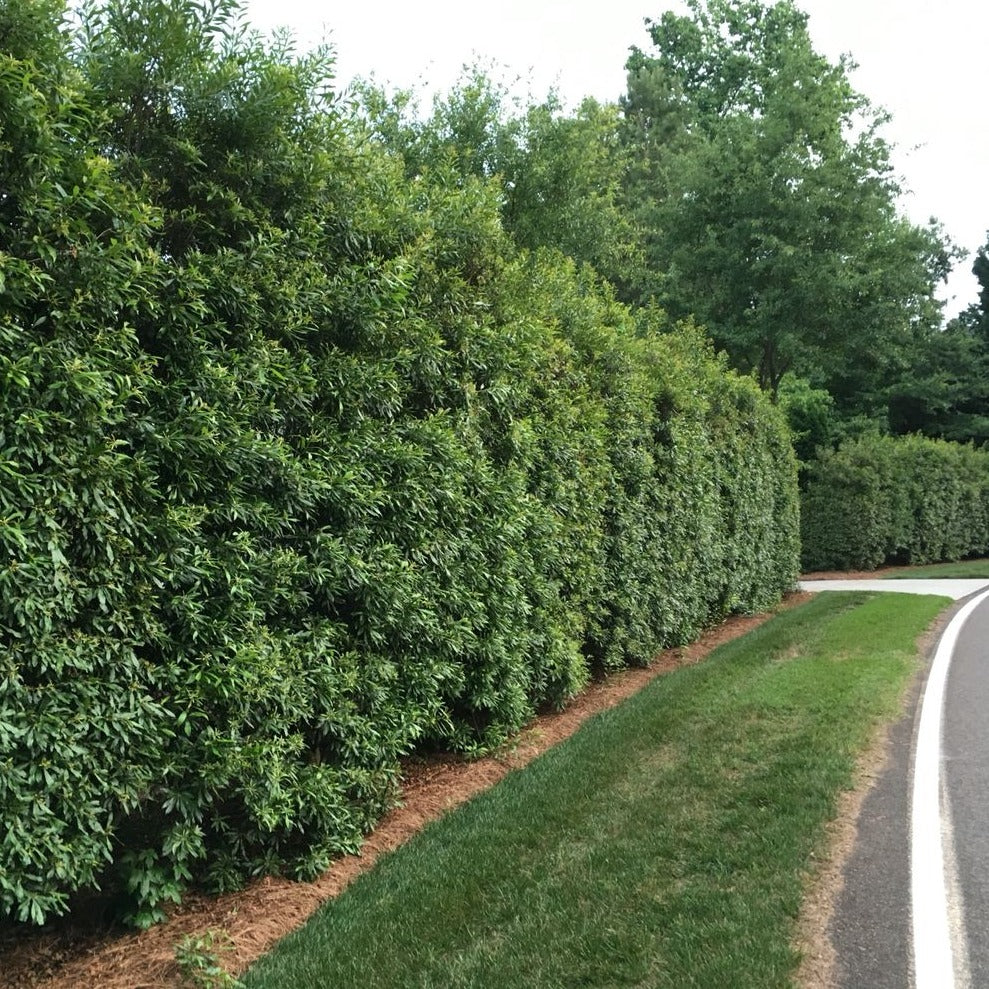

It thrives in USDA hardiness zones 7 through 10.
WAX MYRTLE BUSH PLUS
These ornamental features, plus the plant’s easy-care ways have made wax myrtle – also known as Southern bayberry – an extremely popular landscape plant in warm-winter regions. (When selecting a wax myrtle, be aware that both female and male plants and are needed to produce fruit.)

The females bear inconspicuous flowers in spring, followed by clusters of gray-blue, waxy berries beloved by wildlife. As specimen trees, they form many-stemmed canopies of aromatic olive green leaves on smooth, twisted trunks. There is so much to love about a wax myrtle tree. Read here about growing tips for wax myrtle trees and shrubs. In the South they’re popular grown as hedges, but these attractive trees can also be used as specimens. Wax myrtle ( Myrica cerifera) is a small, broadleaf evergreen shrub that makes an excellent addition to almost any landscape. When to plant: transplant in spring or fall.Soil requirements: good drainage and slightly acidic soils.
WAX MYRTLE BUSH FULL

The fine wispy foliage of dwarf wax myrtle looks lovely as a pruned hedge or it may be limbed up to form an attractive specimen plant. Valued for its aromatic, evergreen foliage and its 3 to 4 foot (.9 to 1 m.) manageable height, growing dwarf myrtle is also adaptable to full sun or partial shade in a wide range of soils from boggy to arid. Wax myrtle will generally have larger leaves than the dwarf variety and will attain a height a couple of feet taller (5 to 6) than the dwarf. Apparently, the genus Myrica was split into Morella and Myrica, so wax myrtle is sometimes called Morella cerifera and sometimes called Myrica cerifera. Difference Between Wax Myrtle and Dwarf Myrtleĭepending on who you talk to, dwarf myrtle is thought to be simply a smaller variety of its common sister species, Morella cerifera, or the common wax myrtle. They are also referred to as dwarf wax myrtle, dwarf candleberry, bayberry, waxberry, wax myrtle, and dwarf southern wax myrtle and are a member of the family Myricaceae. Dwarf myrtle trees are small evergreen shrubs native to moist or dry sandy areas of pine-hardwoods in East Texas, east to Louisiana, Florida, North Carolina and north to Arkansas and Delaware.


 0 kommentar(er)
0 kommentar(er)
